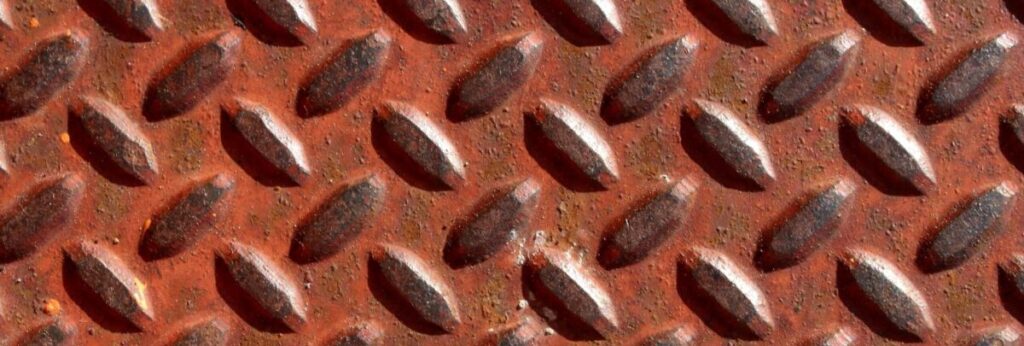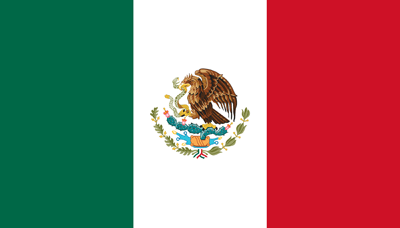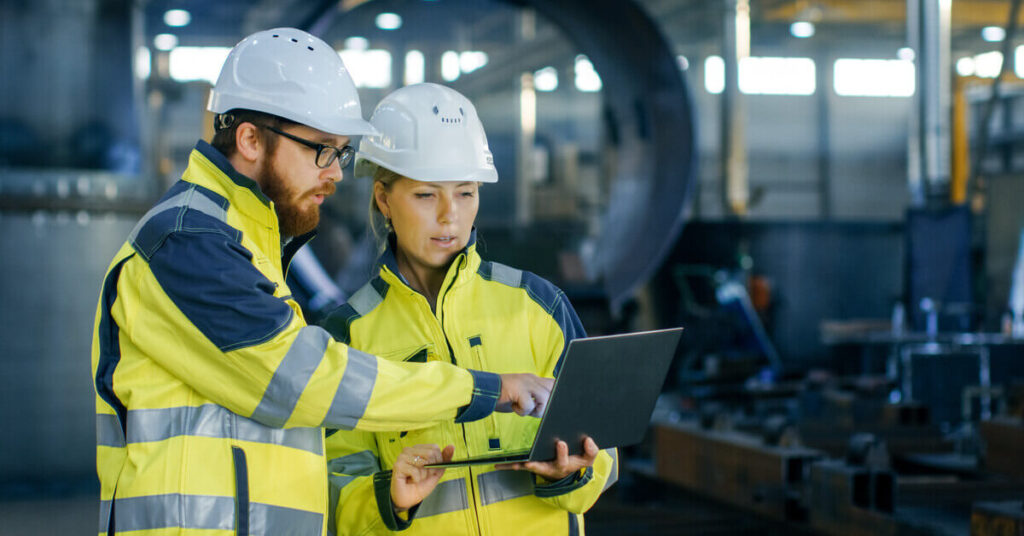- 5574363628
- dabesa@dabesa.mx
- Mon - Fri: 9:00 - 18:00 | Sat: 9:00 - 13:00
Oxidation and corrosion in materials: How to avoid it?

Corrosion is the process of deterioration of metallic materials through chemical and electrochemical reactions, as these materials seek to reach a state of lower energy potential. Corrosion has many repercussions at the economic, safety and material conservation levels, so its study and mitigation is of utmost importance.
What is corrosion?
Corrosion is the wear or alteration of a metal or alloy, either by direct chemical attack or by electrochemical reaction. There are several basic types, which we will describe below, and which can occur alone or in combination.
Why does corrosion occur?
It is an electrochemical phenomenon caused by a massive flow generated by the chemical differences between the parts involved. An electron current is established when there is a potential difference between one point and another. When electrons are released from a chemical species and migrate to another species, it is said that the species that emits them behaves like an anode and oxidation occurs, and the one that receives them behaves like a cathode and reduction occurs.
Types of corrosion
- Corrosión química. Se produce cuando un material reacciona en un líquido o gas corrosivo, hasta disolverse por completo o hasta saturar el líquido. Esto puede ocurrir de distintos modos:
- Liquid metal attack. It occurs when a solid metal and another liquid metal come into contact, and the first is corroded at its weak points by the second.
- Lixiviación selectiva. Se da cuando hay una corrosión selectiva en aleaciones metálicas.
- Ataque químico. Se da con reacciones químicas agresivas por solventes poderosos, como los que son capaces de disolver polímeros, generalmente considerados resistentes a la corrosión.
- Corrosión electroquímica. Ocurre generalmente en los metales, cuando sus átomos pierden electrones y se convierten en iones. Puede darse de distintas maneras:
- Corrosión microbiológica. Cuando la ocasionan organismos vivos microscópicos capaces de alterar la química de los materiales, como bacterias, algas y hongos.
- Galvanic corrosion. It is the most intense of all and occurs when different metals interact with each other, with one acting as an anode and the other as a cathode, forming what is known as a galvanic cell.
- Surface aeration corrosion. Known as the Evans Effect, it occurs on flat surfaces located in humid and dirty places, which promote electronegatively charged environments.
Rust corrosion
The gas molecules react with the surface of the material due to the temperature, forming a compound that diffuses into the interior of the material, making it fragile and causing its deterioration.This type of corrosion occurs in high temperature processes and in the presence of some oxidizing gas, such as oxygen, sulfur or halogen elements. The reactions related to this type of corrosion are purely chemical as there is no electrolito de por medio, por lo que también, se le llama corrosión seca. Las moléculas del gas reaccionan con la superficie del material por efecto de la temperatura, formando un compuesto que se difunde al interior del material, fragilizándolo y propiciando su deterioro.
Electrochemical corrosion
This type of corrosion occurs when atoms in metallic materials lose electrons and become ions. It can occur in the following ways:
- Microbiológica: Generated by the action of living organisms that are in contact with the surface of the metallic material.
- Galvánica: It starts when two different metals interact with each other, forming a galvanic cell.
- Aireación: It occurs on flat surfaces located in places with high humidity and in the presence of dirt, generating electronegatively charged environments that induce corrosion.
How to avoid electrochemical corrosion by aeration?
Los elementos para que ocurra la corrosión son la superficie (metal), la humedad y el oxígeno. Si alguno de estos no se encuentra disponible, no ocurre. Siendo prácticos, la corrosión atmosférica avanza cuando la humedad relativa está por encima del 75%, lo que ocurre la mayoría del tiempo en México. Además, entre más cerca se esté del mar, además de humedad, habrá salinidad, lo que favorece los procesos de corrosión.
Possible recommendations are:
- Choose stainless steel
- Cover the surfaces
- Keep surfaces free of dust, as dust accumulates more moisture.
- Use moisture absorbers, desiccants and/or oxygen to eliminate factors that cause corrosion.
At Dabesa we have Silica Gel, Bentonite and Calcium Chloride. The most efficient moisture absorbers and desiccants against corrosion. Contact us and find out which absorbent is best for you.
Facebook
Twitter
LinkedIn
Qualification
Rated 4.9 out of 5


